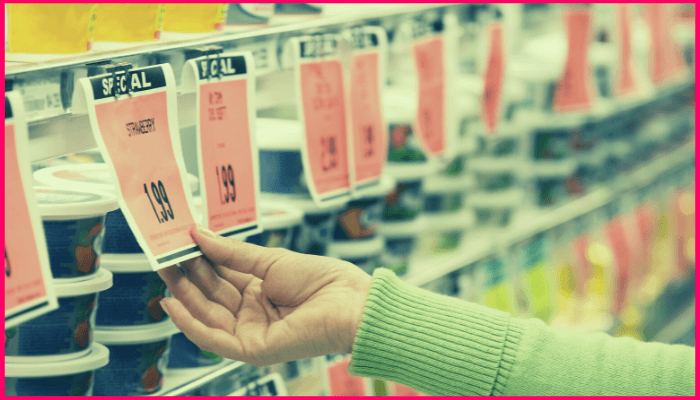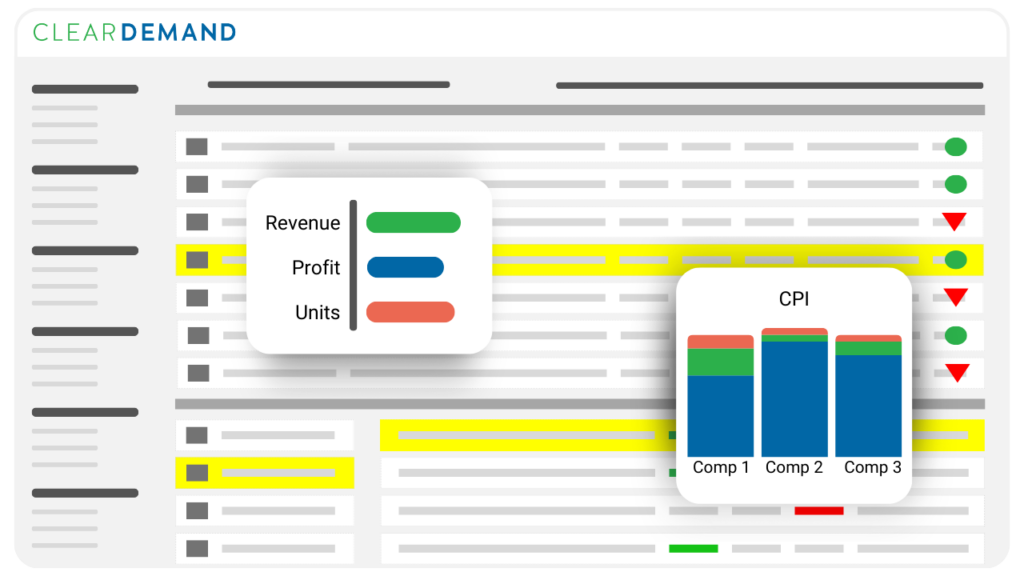Machine Learning Reshapes Retail Price Optimization
Reading Time: 8 Minutes
In retail’s competitive landscape, pricing plays a crucial role. To set the best price, retailers analyze competitor promotional strategies, monitor price fluctuations, and use price optimization tools.
Price optimization is the process of setting the optimal price for each product in an effort to maximize profits, increase market share, and build customer loyalty.
Price optimization is more than just setting a “good” price. With machine learning, price optimization is an incredibly effective and simple way to take control of your profitability. ML-driven price optimization gives retailers more accurate and more profitable pricing decisions.
ML algorithms can analyze vast amounts of data in real-time, including competitor pricing, product availability, and customer behavior. The output = data-driven pricing decisions that amplify value.
By leveraging ML, retailers can achieve:
- Increased revenue and profit margins: ML algorithms identify the sweet spot for pricing, ensuring that retailers capture the maximum profit while remaining competitive.
- Enhanced agility and responsiveness: ML enables retailers to react quickly to changing market conditions and competitor actions.
- Improved operational efficiency: By automating price analysis and decision-making, ML frees up valuable resources for business critical tasks.
The Challenge of Setting the Right Price
Retailers balance multiple factors (costs, competition, price perception, economic dynamics, and supply chain disruptions) which make it challenging to set the best price.
Traditionally, retailers have relied on gut feelings and siloed data to make pricing decisions. The challenges of a manual pricing approach are…
- Time and resource constraints
- Delayed data, siloed data, incomplete data
- Human error
- Can’t scale
- Understanding impact
Retailers without profitability solutions spend lots of time and effort optimizing prices. For example, I know retailers taking a manual approach to competitive pricing; manually researching what competitors are selling the same and similar products for then deciding whether to match, undercut, or offer a premium based on its strategy and customer. In this approach, retailers continue to monitor the competitive landscape and adapt pricing as necessary.
Even with a manual approach, retailers trust the sales, competitor, and customer data to inform any pricing decisions. Ultimately, “the right price” is a moving target. You need to regularly monitor, analyze, and adapt your pricing strategy to ensure sales, profitability, and value.
The Difference Between Price Optimization and Price Monitoring
While both price monitoring and price optimization are essential tools for retail success, they serve distinct purposes.
Price monitoring is a more passive process that involves you continuously collecting and tracking competitor pricing data. Competitive intelligence tools automate the data collection process, providing retailers with real-time insights into competitor pricing strategies and trends.
Price optimization involves data analysis to make data-driven pricing decisions that maximize profitability and sales. This often involves using AI and machine learning models to understand market dynamics and automate pricing rules.

Ultimately, effective price optimization relies on comprehensive price monitoring. By continuously gathering and analyzing competitor pricing data, retailers can make strategic pricing decisions that ensure they stay competitive, maximize profits, and achieve their business goals.
Simplify Pricing Decisions
By implementing effective price optimization strategies, retailers can:
- Boost sales and revenue: Finding the right price can incentivize customers to buy, leading to increased sales and revenue.
- Optimize inventory levels: Accurate pricing can help maintain optimal stock levels, reducing the risk of overstocking or understocking.
- Improve profitability: By setting prices that maximize profit margins, retailers can achieve their financial goals more effectively.
- Gain a competitive edge: Understanding and responding to competitor pricing can give retailers an advantage in the marketplace.
Unlocking the full potential of price optimization requires a strategic approach and the right tools. That’s where machine learning comes in, offering powerful capabilities to analyze data, predict trends, and optimize pricing for retail success.
As the retail landscape becomes increasingly data-driven and dynamic, automated price optimization tools are becoming increasingly essential for growth.
The Latest Insights – Straight to Your Inbox
Sign up for the ClearDemand mailing list for actionable strategies, upcoming events, industry trends, and company news.













